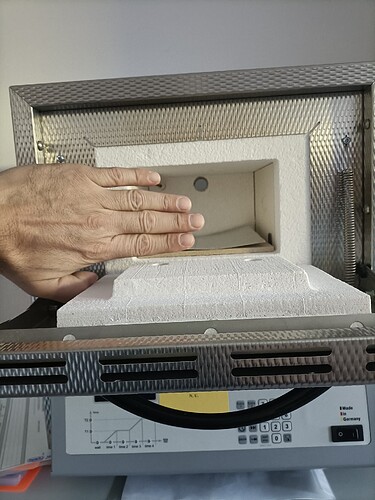Hi,
I’m a mechanical engineer, and in my spare time I also enjoy working on electronics.
I was looking for a reflow oven to solder SMD components. Since I couldn’t find a suitable option, I designed a device from scratch which can be used for reflow, annealing and filament drying.
The device is fully industrialized, so in principle it could be sold commercially. However, the design is not optimized for mass production, which means the price will inevitably be higher than that of a cheap kitchen oven.
I originally built it for personal use, and I expect to be able to use it for the rest of my life. Still, I’m curious about how much interest there might be in such a device.
Key specs:
-Max. PCB size: 305 mm × 244 mm (ATX board size)
-Shortwave IR heating elements with very fast response time
-Low thermal inertia
-Maximum temperature 260°C
-Primary heat transfer mechanism: convection
-Independently controllable top and bottom heating elements
The device is primarily designed to solder PCBs (reflow). However, there are two additional functions and that is the reason I’m posting it here in this forum:
-Device can be used to dry 2x 1kg spools of filament
-Device can be used to precicely anneal 3d printed parts (the device can basically follow any temperature curve over time).
So my question is:
How much would you be willing to spend on a device, which basically allows to follow any set temperature curve over time?
- $0, I don’t need such a device
- $1-$199
- $200-$299
- $300-$399
- $400-$499
- $500-$599
- $600-$699
- $700-$799
- $800-$899
- $900-$999
- more than $1000
